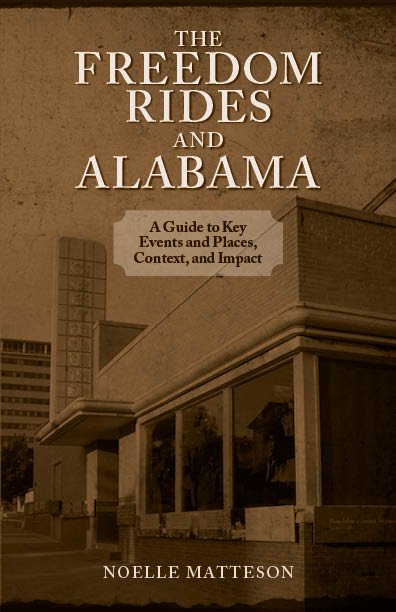 |
| Magneto vs. missiles |
Scene: 1960s. Cold War.
As Erik Lehnsherr (Michael Fassbender) hunts down former Nazis, Charles Xavier (James McAvoy) studies at Oxford. Erik spent World War II in a concentration camp. Charles lived in luxury, but his parents were never around. His company was a girl about his age named Raven (Jennifer Lawrence). Former Nazi Sebastian Shaw (Kevin Bacon) plots to start World War III, so Erik, Charles, Raven, and a rag-tag group join together to stop him.
Oh, yeah, and they have superpowers. They’re mutated humans, and few know of their existence. Those who do know tend to fear and loathe them, making most mutants feel alone and discriminated against. METAPHOR.
If I had gone in expecting a James Bond film, I might have had a better idea of what to expect. This prequel to the other X-Men films had possibilities. We know from later films that Charles and Erik become leaders with opposing philosophies, even as they appear to share a genuine affection. How fun could it be to see their relationship develop?
The answer is pretty fun but also very stupid.
What they got wrong:
Dialogue
Some of the dialogue is cringe worthy and unbelievably cliché. How many times have we heard the phrase, “Who are you and what have you done with (etc.)” or “God help us all?” This may be paying homage to the past, but this knowledge doesn’t make the horrendous lines any easier on the ears.
Humans/Non-mutants/Muggles
Mutants are putting their lives on the line for lowly humans, but the big question here is, will the humans ever accept the mutants? Is it really worth saving a people who may very well turn against you? The film attempts to answer that question and show ambiguity by making almost every human character grating, irrationally stupid, and self-centered. Several minor characters (mostly humans) deliver their terrible lines in an especially wooden manner. This makes the stakes feel remarkably low. That’s quite an accomplishment considering the stakes are World War III.
History
Obviously, this is an alternate history. However, First Class is no Inglourious Basterds, a complex, satirical take on World War II. This film portrays two terrifying time periods in history, the Holocaust and the Cold War, with an offensive mixture of melodrama and lightheartedness. A figure resembling the sickening Nazi doctor Josef Mengele resembles a James Bond villain, gleefully shooting down an innocent Jewish woman. Was anyone else uncomfortable with this?
Race Relations (Spoiler Alert)
The film states its message about fifty times: be proud of your identity, no matter what your appearance. Yet the only African American man (Edi Gathegi, potentially interesting) in the film is one of only two mutants to be killed. The other is a Nazi.
Consistency
As is expected, there are several moments that make no sense. You might find yourself asking, how did that character know that other character’s name? Or, why aren’t they moving when they are in grave danger? Those questions are far less important than several puzzling allegiance shifts. Let’s just say a few characters who appear to be horrified when witnessing mass murder somehow become smug accomplices.
 |
| Professor X. (Note: if someone makes this gesture, he or she is reading your mind.) |
What they got right:
Style
The design department had great fun with generic but iconic clothes and music of the 1960s. Prepare for turtlenecks and short skirts (and, because this is a comic book movie, cleavage).
Erik and Charles
The relationship between Erik and Charles is quite touching. Charles (dubbed Professor X) is a witty, confident, and believably inspiring leader. McAvoy is likable and surprisingly hilarious in the role. Charles uses his telepathic ability to help Erik (Magneto) control his unbalanced emotions. Erik uses his ability to mentally manipulate metal to pulverize his enemies. Erik is insightful, ruthless, and disturbed. Intense as always, Fassbender is engaging whether terrorizing bad-guys, fighting the darkness within, or giving acute advice to younger mutants.
Mutants
Raven (later named Mystique) has a fairly nice story as a blue shapeshifter embarrassed by her natural appearance. Nicholas Hoult does well as a scientist who is ashamed of his fancy feet, capturing both the character’s diffidence and gruffer side. Scenes involving mutant abilities are in some ways superior to the other X-Men films because characters use their powers to full effect (i.e. they do not unnecessarily backflip or punch others when they could shoot them with lasers). On the whole, the action is quite entertaining and certainly one of the best aspects of this film.
Villains
Kevin Bacon has fun as the nefarious Shaw, and his trio of suave baddies remains confident and calm in every situation. The serene Emma Frost (January Jones) is a telepath who wears mostly undies and can turn her skin into a protective veneer of diamonds. The other two henchmen have a very small amount of screen time. One has at most five lines. The other has none. Still, Riptide (Alex Gonzalez) has an amusing ability to keep his hair and outfit perfectly in place while creating tornadoes, and Azazel (Jason Flemyng) bears a demonic appearance, possesses stunning assassination skills, and can teleport in a burst of flames. (Can anyone blame him for joining the villains? Who would trust a guy who looks like the devil?)
Story
There is an actual arc, including a climax featuring several satisfying action sequences and some emotional resolution. There’s even a little tragedy and surprise.
 |
| A satisfying bromance. Professor X tries to help his troubled friend. |
Conclusion
X-Men: First Class should be enjoyable for anyone who has followed the X-Men series. It’s an entertaining film which improves as it progresses. Unfortunately, it is not also a good film.
 |
| Staring at |


